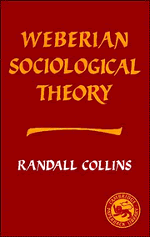8 - The future decline of the Russian Empire
Published online by Cambridge University Press: 01 June 2011
Summary
The power of states may be indexed by the expansion, contraction, or stability of state boundaries over long periods of time. This power depends on the ability of a government to concentrate more military forces at any point within these boundaries than any rival can bring to bear.
By this definition, the power of a state may overlap or fall short of its formal boundaries, although the long-term movement of boundaries is a good empirical approximation of this power. A state that can intervene militarily in other states beyond its formal boundaries may be referred to as possessing an “empire.” In this sense, the Soviet Union has an empire, as indicated by the presence of its forces in Eastern Europe, Mongolia, and Afghanistan. We may speak of the Russian Empire in a broader sense as well, in that the long-term history of Russian expansion has brought a large number of non-Russian ethnic groups inside its borders by conquest. From a geopolitical viewpoint, there is complete continuity between Moscovite and Tsarist Russia and Soviet Russia.
Changes of state boundaries and of imperial controls almost always involve wars, including internal wars. For this reason, long-term geopolitical changes are not smooth and continuous but occur in sudden jerks. Typically, geopolitical patterns take effect over a minimum of fifty years through several centuries, whereas wars typically last no longer than five years.
- Type
- Chapter
- Information
- Weberian Sociological Theory , pp. 186 - 210Publisher: Cambridge University PressPrint publication year: 1986
- 10
- Cited by



